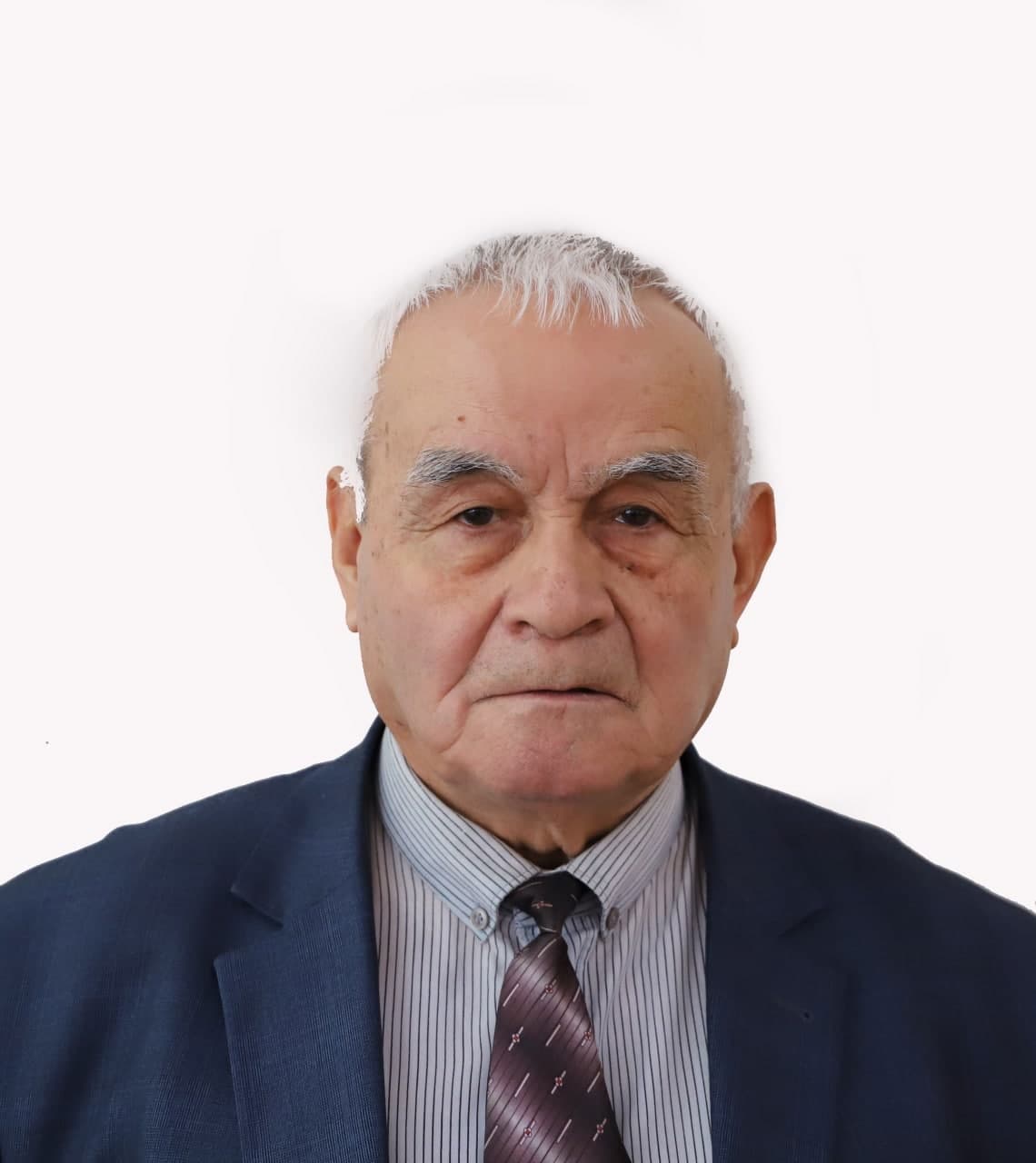Author: O‘razova, Iqbol Abdikarimovna
Annotation: The study of the language of works belonging to our classical literature, in particular, the collection of phraseological fund, the formation of a dictionary, their study on a diachronic basis, structural-semantic analysis of phrases, the application of new achievements of modern linguistics in such research is one of the most important tasks facing linguistics. Diachronic phraseology is one of the least studied areas. Phrases used in classical sources are characterized by the fact that they have different semantic meanings, which is the same feature that makes them difficult to classify semantically. Turkish written sources of the second half of the 14th century included a free translation of Sayfi Sarayi's Gulistoni bit-turkiy, the epic Suhayl and Guldursun, and Khorezmi's Mukhabbatnoma, in which 390 phrases were used. The existing phrases are divided into phrase-semantic groups, such as characterizing, naming, featuring, personality nouns In this paper, the noun phrases are semantically analyzed. Their analysis was based on field theory. Phraseological units were developed in comparison with the units in Kutadgu Bilik, the development of lexical structure and semantics. The opinions were based on examples and conclusions were stated.
Keywords: phrase, noun phrase, sema, semema, semantic base component, dialect.
Pages in journal: 829 - 835







